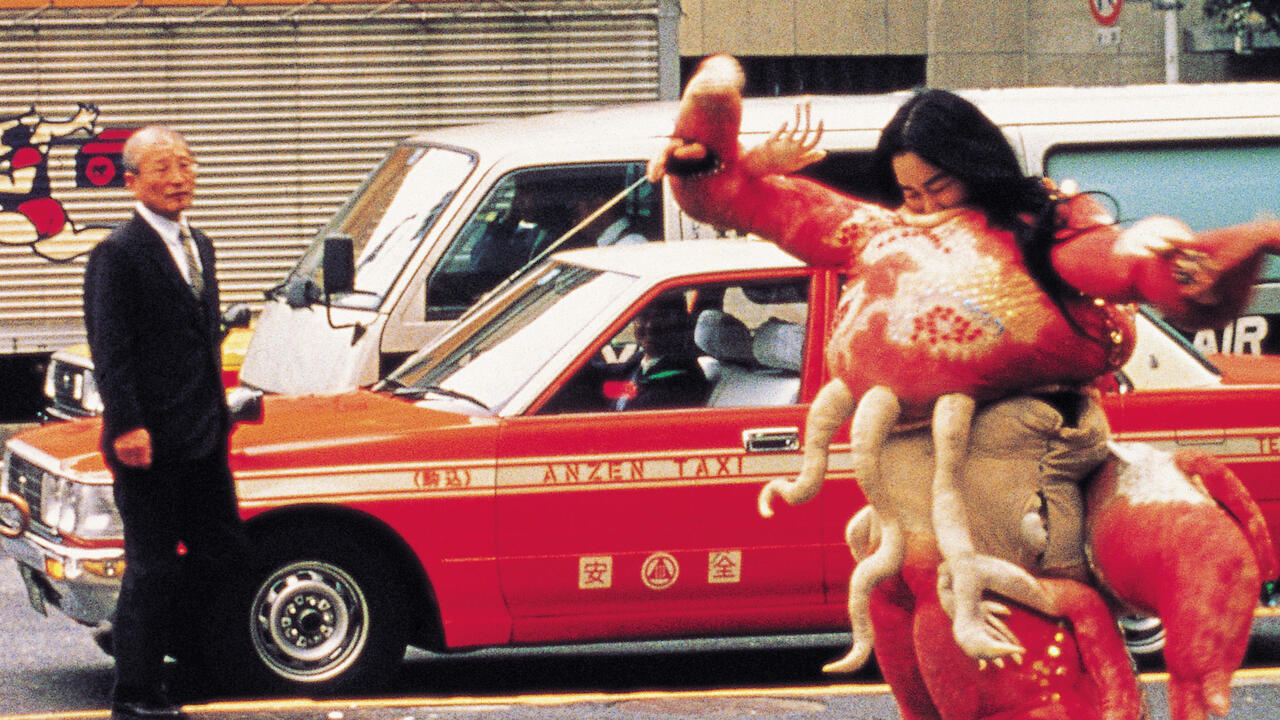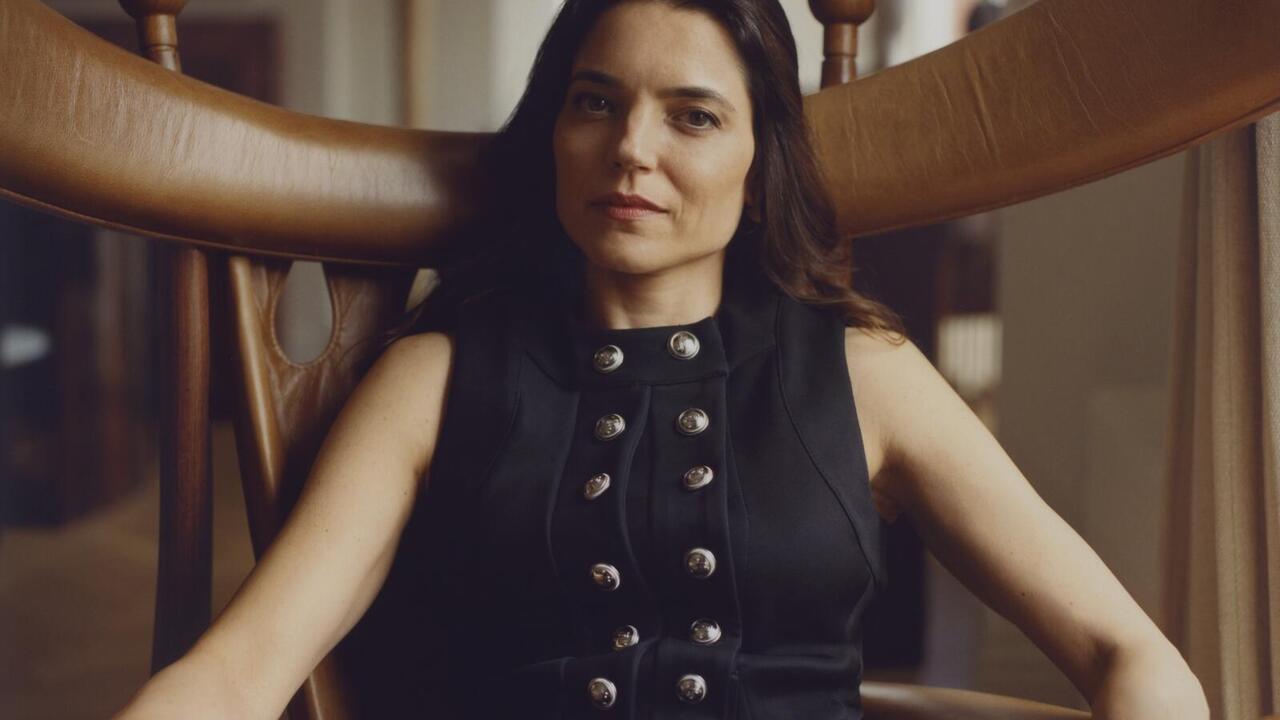Two Thousand and Twelve

While some were nervously awaiting the Mayan doom on 21 December 2012, Air de Paris adopted a more sober attitude. Indeed, ‘2012’ was anything but hysterical: an elegant, self-contained presentation bringing together minimalist, black and white works by four artists from different generations. What did these artists have in common, other than that they are represented by the same gallery? Perhaps their obvious affiliation with Conceptualism or post-Conceptualism? Or a shared interest in language and its decoding, an attraction to a kind of artistic practice that prioritizes what remains obscure, or that which cannot be revealed or deciphered?
The exhibition used no titles, labels or explanations, and offered no introduction other than a computer animation by Adriana Lara (the only work in colour) simply portraying the title ‘2012’ next to images of fireworks, presented in a vitrine facing the gallery window. As the fireworks struggle to explode, we are somehow reminded of the artificiality of this celebration.
The first image the viewer encountered inside the gallery was a projection of a grainy, black and white close-up of the number seven on a clock-face. Seven can be a lucky number, but it can also refer to seven years of bad luck. As the clock’s hands slowly moved and touched the number, an image of a bridge appeared. As with most of Guy de Cointet’s works, this 8mm film (Untitled [7], c.1969–70) is encrypted: as the number begins to resemble an abstract shape, De Cointet invokes another subconscious meaning with the image of the bridge.Enigma and mystery were the guiding principles of his artistic practice, as well as his persona. Born in 1934 in France, De Cointet moved to California in 1968, where he died prematurely in 1983. Unknown to most, he was an influential figure for artists like Mike Kelley, Paul McCarthy and Allen Ruppersberg. His work has only recently begun to reach a wider audience. The three films shown here, (Untitled [7], [10] and [12], all c.1969–70), depicting the numbers seven, ten and 12, appear to constitute parts of a 12-film series. Yet they were only discovered in 2010, and nobody seems to know exactly when, how and if these works were ever presented to the public.
The mystery of these lost films set the tone of the show. Each one was placed in dialogue with a work by a different artist in the three gallery spaces, creating varying tempos and rhythms. To the right was a striking two-metre-high totem, Lara’s 1 (one) from Numbers (Disambiguation) (2012). Covered by a canvas with the number one printed in black next to a grey and white chequered pattern borrowed from Photoshop, the numeral constantly threatened to disappear into the void.
In the next room, Ruppersberg’s Le Mot juste, made in 1983, the year of De Cointet’s death, struck a cheerful note despite this dark undertone. Written over a series of seven silkscreen prints, it depicted a poem written in a mix of French, English and Spanish. Intended to be read from top to bottom, it ended with a horizon line onto which the reflected image of a tilted number ten (in De Cointet’s film) suggested the void once again.
Entering the last and largest room,
the image of De Cointet’s number 12 was projected near a peculiar, retro-futuristic object on the floor. This block of light pink marble (Untitled, 2011) by Trisha Donnelly, was carved to resemble a giant comb touching the floor with its seven long teeth. It was at once fragile and massive, archaic and contemporary, evoking one of Giorgio de Chirico’s columns. As the hands of De Cointet’s clock slowly moved to produce a hieroglyph, the connection was clearly made. This kind of subtle, mysterious dialogue among the works triggered different kinds of metaphysical speculations. But, more than anything, ‘2012’ seemed to perfectly embody De Cointet’s approach to art. Here the secret was kept, intact.















